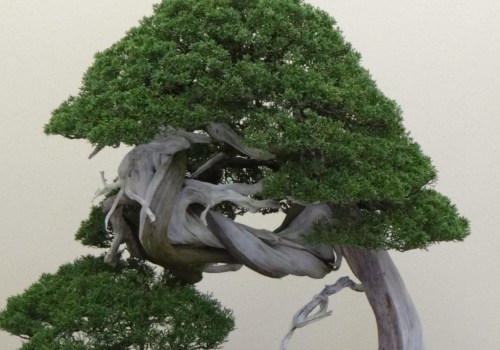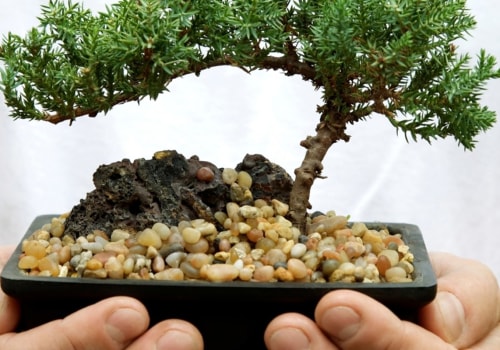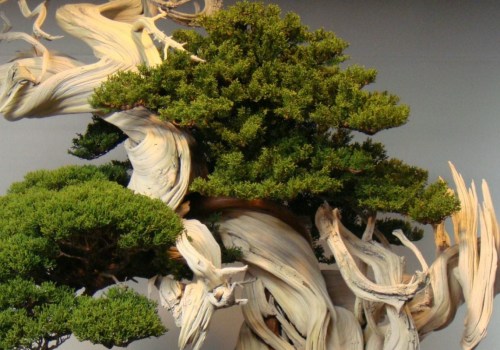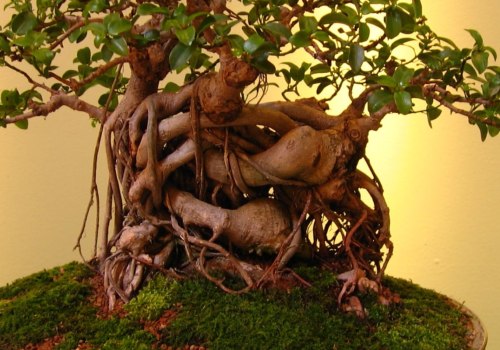Bonsai are trees and plants that are grown in pots in such a way that they look more beautiful, even prettier than those that grow in nature. Growing bonsai, therefore, is a very artistic pastime, as well as a traditional Japanese art. What is a bonsai tree? A bonsai is a living tree or shrub that has been grown in a way that gives the impression of being a full-size, mature tree. An artistic representation of a full-size tree in nature.
Bonsai are usually grown in shallow ceramic pots. A bonsai is not a tree species; in fact, many tree species can be converted into bonsai using various techniques. The word “bon-sai” (often misspelled as bonzai or banzai) is a Japanese term that, literally translated, means “planted in a container”. This art form is derived from an ancient Chinese horticultural practice, part of which was redeveloped under the influence of Japanese Zen Buddhism.
Bonsai is a Japanese word that means “potted tree”. However, the term originally comes from the Chinese word “pun-sai” or “penjing”. In Chinese, “pen” means pot and “jing” means landscape or landscape. So what exactly is a bonsai? The term “bonsai” literally means “planted in a shallow container”.
The tree itself can be of almost any species, but it must be miniature in size. The tree must also have some level of artistic value in its appearance to be considered a bonsai. No, bonsai is a kind of living or artisanal art. Techniques including shallow planting, pruning, defoliation, grafting and root reduction, along with wiring trunks and branches into desired shapes, help create the appearance of a miniature mature tree.
A Chinese elm bonsai (Ulmus parvifolia), Chinese Collection 111, on display at the Penjing National Bonsai Museum & in the United States National Arboretum. Several classifications of bonsai have been proposed and, although exact size ratings are disputed, they help to understand the aesthetic and botanical aspects of bonsai. Some people like to add miniature figures, but this is discouraged in traditional Japanese bonsai practice. Increased demand meant that more people had to learn the art of bonsai, and soon, miniature trees were commonplace in almost every Japanese household.
Bonsai roots need access to air to thrive, so using compacted or heavy soil is a quick way to kill the plant. For example, evergreen bonsai are often placed in unglazed pots, while deciduous trees often appear in glazed pots. One of the oldest known live bonsai, considered one of Japan's national treasures, can be seen in the collection of the Tokyo Imperial Palace. Bonsai in older and longer containers due to natural changes can undergo several different styles throughout their long lifespan.
Bonsai is said to be one of the oldest horticultural activities, originating in China during the Han Dynasty (206 BC-220 AD). The combination of parchment, bonsai and accent plant or observation stone are designed to present a specific theme. It's a lot of information to take in, I know, but I hope you now feel like you have control of the basics of bonsai farming. A photograph of a bonsai may not give the viewer an accurate impression of the actual size of the tree, so printed documents can complement a photograph by naming the size class of the bonsai. A tree service in Ipswich QLD can provide you with some good advice if you are planning on owning some of these magnificent trees.
During medieval times (1185 to 160), bonsai were available to people from all walks of life. The purposes of bonsai are mainly contemplation for the spectator and the pleasant exercise of effort and ingenuity for the grower. Bonsai in formation (also known as “potensai, potential bonsai”) should point to a future, more mature creation that the artist, at least, has in mind a little. .
AAA - Tree Lopping Ipswich43 Omar St, West Ipswich QLD 4305, Australia
+61734850725




Leave a Comment